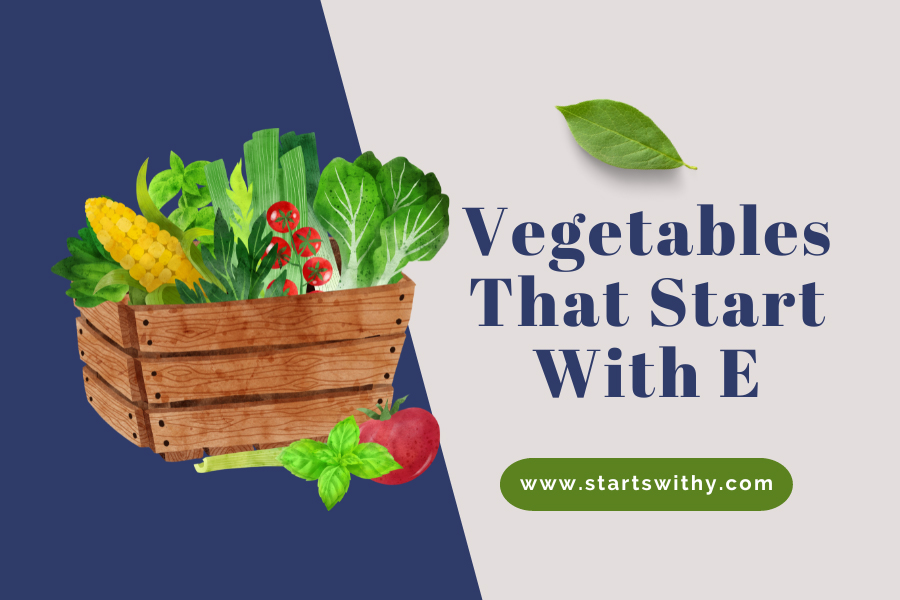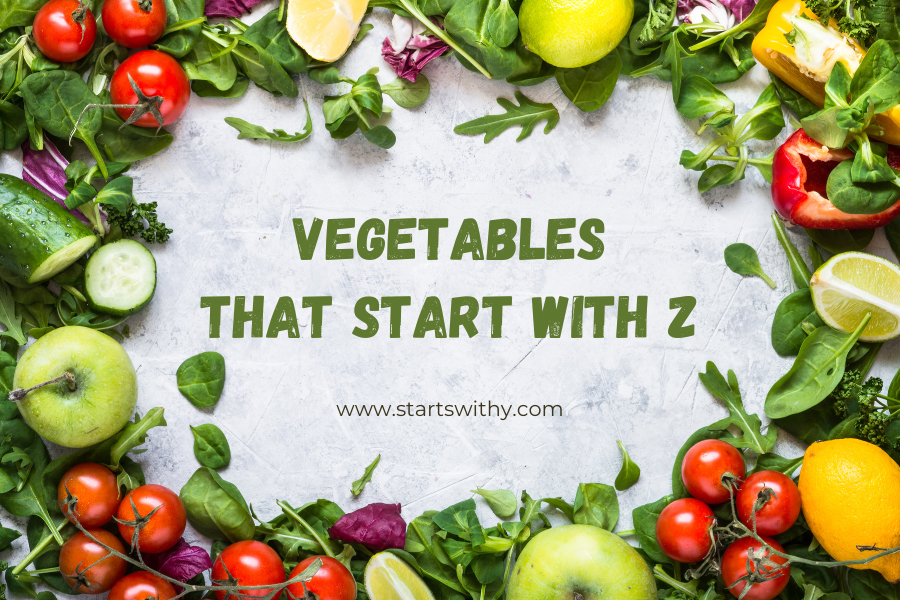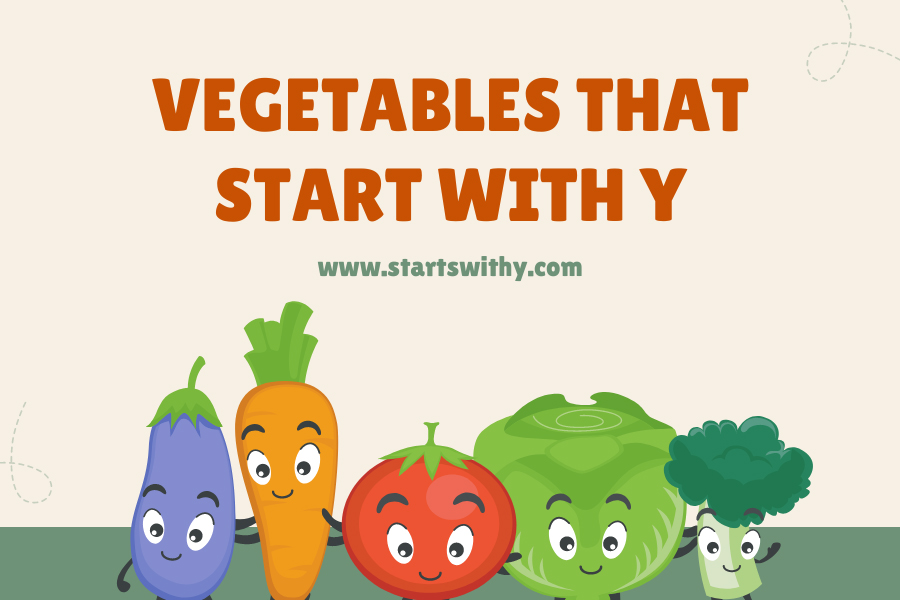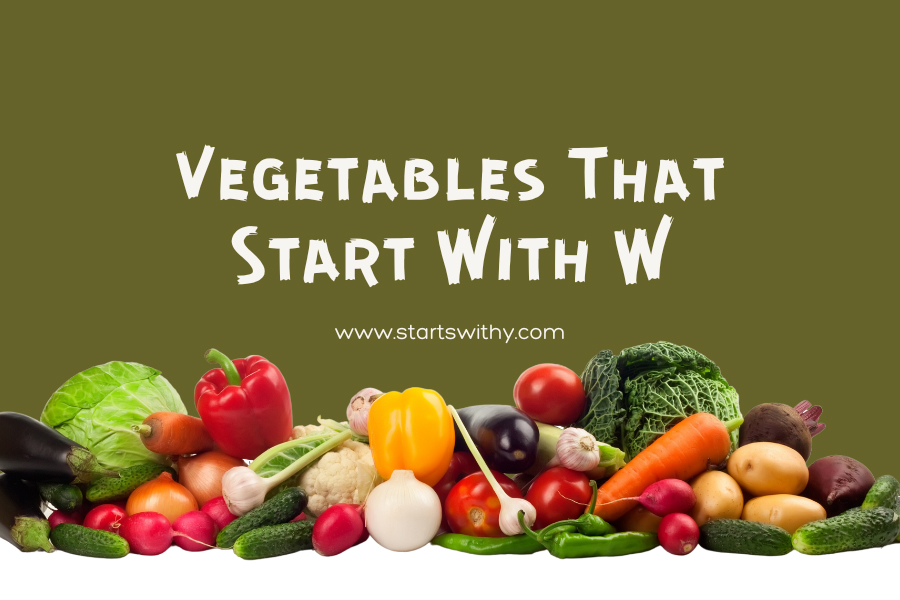The world of vegetables, with its colorful spectrum and nutritional bounties, is an ever-evolving tapestry of taste and health. As we journey alphabetically through this realm, certain letters, like ‘E’, present us with a niche but noteworthy assortment of verdant treasures.
This article is set to guide readers into the lesser-trodden paths of the vegetable domain, illuminating those that are introduced by the letter ‘E’. From the invigorating crispness of endives to the exotic allure of eggplants, we’ll delve deep into the stories, flavors, and wellness benefits these vegetables offer. Whether you’re a culinary connoisseur, a health devotee, or a curious soul eager to expand your knowledge horizon, prepare to embark on a flavorsome voyage into the eclectic world of vegetables that echo the essence of the letter “E”.
Awesome Vegetables That Start With The Letter E
The vast expanse of the vegetable kingdom brings to the table a medley of colors, flavors, and nutritional benefits. Continuing our alphabetical journey into the world of vegetables, we’ve arrived at the letter ‘E’. While not as commonly known as some of its alphabetical neighbors, the ‘E’ category hosts a fascinating blend of familiar favorites and exotic newcomers. Let’s embark on a journey to unearth and understand the unique vegetables that begin with this fifth letter of the alphabet.
1. Eggplant (Aubergine)
Perhaps the most iconic of all ‘E’ vegetables, the eggplant, also known as aubergine in some parts of the world, is a vibrant, purple-skinned vegetable celebrated for its versatility. From Mediterranean ratatouille to Middle Eastern baba ganoush or the Indian baingan bharta, eggplant takes center stage in a variety of dishes. Rich in dietary fiber, vitamins C and B6, and phytonutrients, eggplants are as nutritious as they are delicious.
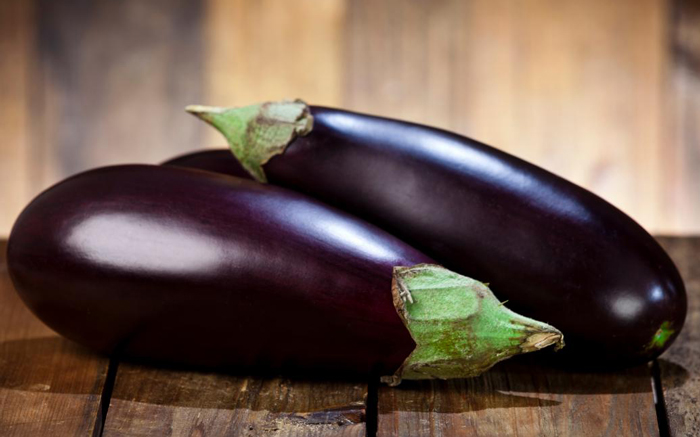
2. Endive
Endive belongs to the chicory family and is known for its crisp texture and slightly bitter flavor. Its curly leaves, usually used in salads or as an accompaniment, are rich in vitamins A and K, and are a good source of folate. Endive can also be cooked to mellow out its bitterness and pairs beautifully with sweet and savory ingredients alike.
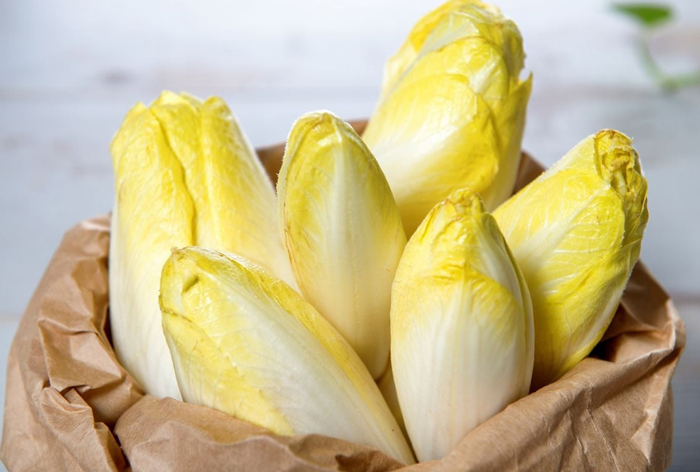
3. Edamame
Native to East Asia, edamame are young soybeans, usually green and encased in fuzzy pods. These beans are a favorite snack in Japan and are often boiled or steamed and sprinkled with a bit of salt. Nutritionally, they’re a powerhouse: a rich protein source, filled with fiber, vitamins, and minerals like iron and magnesium.
4. Escarole
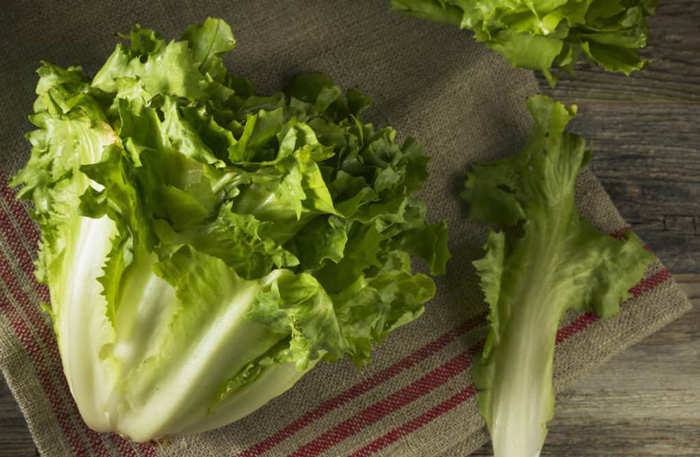
Another member of the chicory clan, escarole, has broad, slightly curved green leaves and a milder taste compared to endive. It’s often used in Italian cuisine, especially in hearty soups and stews. Rich in vitamins A and K, escarole also offers a good amount of dietary fiber and folate.
5. Elephant Garlic
While not true garlic, elephant garlic is more closely related to the leek. It has a milder, more palatable flavor than its pungent cousin. Used similarly to traditional garlic, it can be roasted, sautéed, or used raw in salads. Beyond its culinary appeal, it’s believed to have various health benefits, including antimicrobial properties.
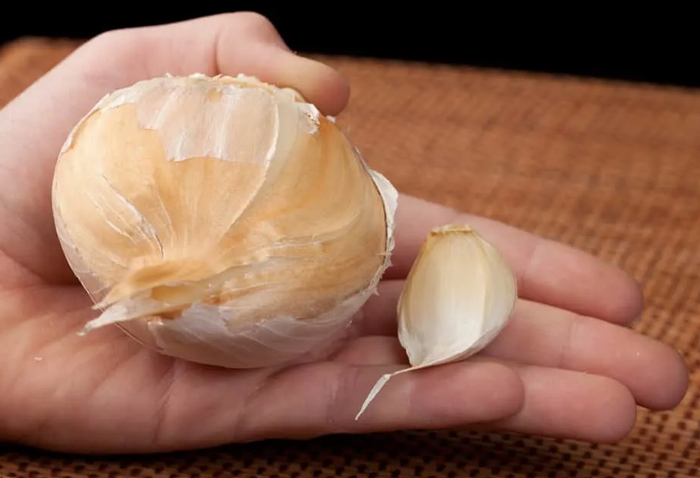
6. Earthnut Pea
Earthnut pea, or tuberous vetchling, is a leguminous plant native to Europe. The underground tubers, which resemble small potatoes, have been consumed since ancient times. They can be boiled, roasted, or used in stews. These tubers are a source of essential nutrients and dietary fiber.
7. Epazote
Predominantly known as a culinary herb in Mexican cuisine, epazote is often used as a vegetable in various traditional dishes, especially in bean dishes, to counteract the gassy effects beans can sometimes have. This herbaceous plant offers a very distinct flavor, often described as medicinal or like gasoline, making it a polarizing ingredient. Still, those who appreciate it swear by its unique contribution to dishes.
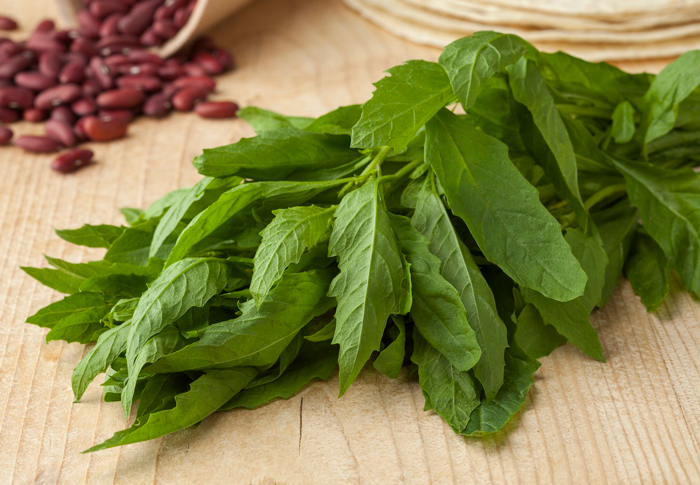
8. Ensete (Ethiopian Banana)
Ensete, often referred to as the Ethiopian banana, is cultivated for its starchy pseudostem and corm. While it’s botanically related to the banana, it doesn’t bear similar fruit. Instead, it’s the pulpy core that’s fermented to make a staple food in some Ethiopian regions. This plant is an essential carbohydrate source in the areas where it’s grown.
9. Enoki Mushrooms
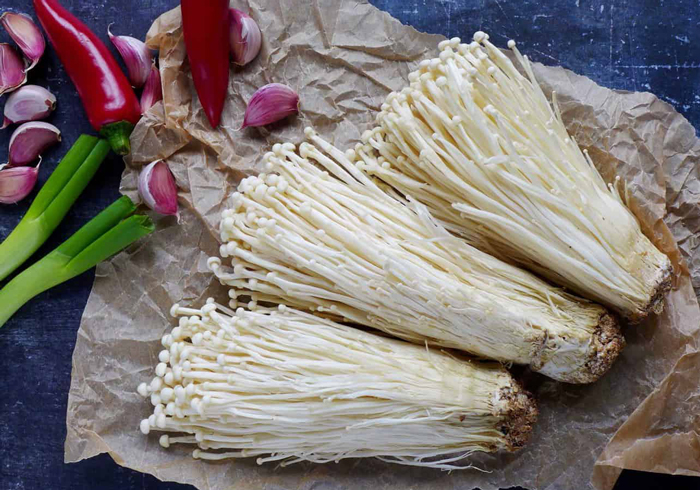
Although mushrooms aren’t technically vegetables, enoki mushrooms deserve a mention due to their unique appearance and increasing popularity in culinary use. Native to East Asia, these long-stemmed, small-capped mushrooms are often used in soups, salads, and stir-fries. They’re low in calories but rich in essential nutrients and antioxidants.
10. Edamame Beans
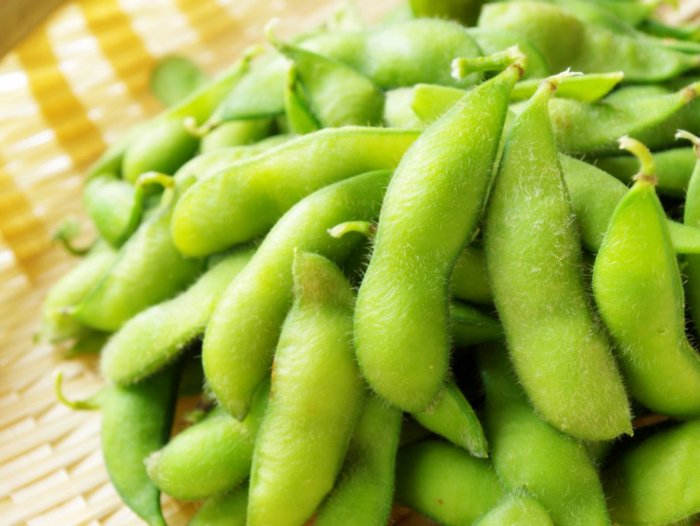
While they may appear unassuming in their pods, edamame beans are nutritional powerhouses disguised in a compact form. These green soybeans, harvested before they fully mature, are beloved for their sweet, nutty flavor and impressive protein content. In fact, a single cup of boiled edamame boasts a whopping 17 grams of protein, making them a perfect snack for building and maintaining muscle mass in both children and adults.
Edamame’s versatility extends beyond its nutritional profile. Steamed, boiled, or roasted, they can be enjoyed as a simple snack, tossed into salads for a protein boost, or even blended into dips and spreads for a unique flavor twist. For kids, their small size and vibrant green color make them especially appealing, encouraging them to explore healthy options with ease.
Beyond their deliciousness, edamame contribute to a sustainable food system. Requiring minimal water and thriving in diverse climates, they offer an environmentally friendly protein source with a lower carbon footprint than some animal-based alternatives. Introducing children to edamame early on can not only foster healthy eating habits but also cultivate an awareness of responsible food choices for the planet.
Did you know? Edamame is a complete protein source, meaning it contains all nine essential amino acids our bodies cannot produce on their own.
11. Eelgrass
Eelgrass isn’t your typical backyard vegetable, but its role in the ocean ecosystem is nothing short of extraordinary. Imagine lush underwater meadows swaying gently with the current, providing food and shelter for a myriad of marine creatures. That’s the magic of eelgrass.
These underwater grasses play a crucial role in sustaining diverse ocean life. Tiny shrimp and fish find refuge among their dense blades, while larger animals like sea turtles and manatees graze on their leaves. Eelgrass even serves as a nursery for commercially important fish species, ensuring the continuation of vital populations.
But eelgrass isn’t just a haven for creatures; it’s also a natural wonder that benefits the planet. These underwater meadows absorb vast amounts of carbon dioxide, mitigating the effects of climate change. Additionally, their dense root systems help stabilize coastlines, protecting them from erosion and storm surges.
Teaching children about eelgrass isn’t just about exploring marine life; it’s about highlighting the interconnectedness of nature and the importance of protecting our oceans. Understanding the vital role eelgrass plays can inspire kids to become stewards of the environment and advocates for ocean conservation.
Did you know? A single hectare of eelgrass meadow can store up to 40 times more carbon dioxide than a mature tropical forest!
12. Elephant Foot Yam
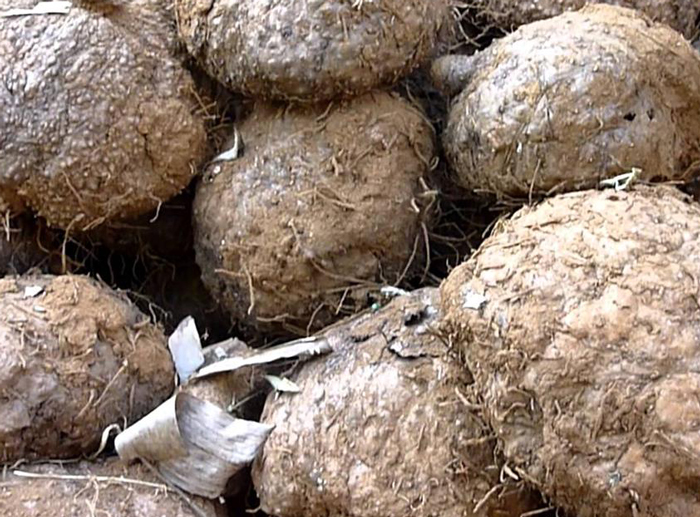
Forget carrots and potatoes; the elephant foot yam is a root vegetable on a whole different scale. Weighing up to 50 kilograms and reaching lengths of over 2 meters, it’s truly a giant in the veggie world. But don’t let its size intimidate you; this African and Asian staple is full of surprises.
The flesh of the elephant foot yam is starchy and mildly sweet, with a texture similar to that of a baked potato. It readily absorbs the flavors of spices and herbs, making it a versatile ingredient in curries, stews, and even desserts. In many cultures, it’s valued for its medicinal properties, believed to aid digestion and boost the immune system.
Growing elephant foot yam can be a fun and educational experience for children. Watching this enormous vegetable emerge from the ground, patiently tending to its long, vine-like leaves, instills a sense of wonder and appreciation for the diversity of nature’s bounty.
So, next time you’re looking for an exciting and nutritious addition to your family’s meal plan, consider venturing beyond the supermarket aisles and exploring the unique world of the elephant foot yam. It’s an adventure in taste, tradition, and sustainable food production, all wrapped up in one giant root!
Did you know? In some parts of Africa, the elephant foot yam is considered a symbol of prosperity and abundance, making it a popular gift during celebrations.
13. English Peas
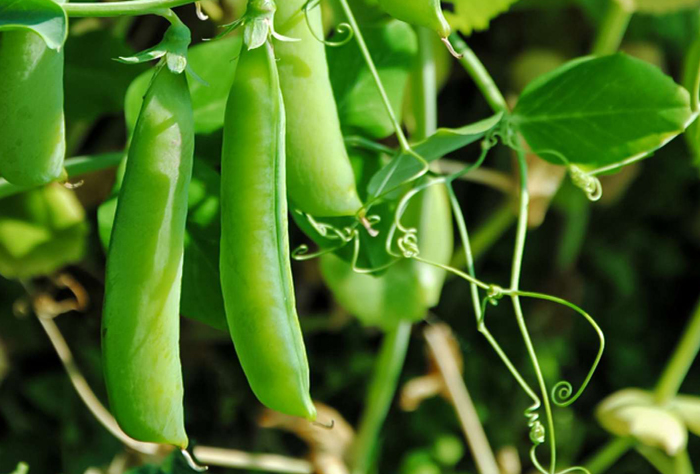
These adorable spheres of green might be small, but they pack a mighty nutritional punch. A single cup of cooked English peas provides a whopping 8 grams of protein, making them a valuable plant-based source of this essential nutrient. They’re also rich in fiber, vitamin C, and manganese, supporting gut health, immunity, and energy levels.
English peas are incredibly versatile in the kitchen. Steamed, boiled, or roasted, they make a delightful side dish alongside grilled chicken or roasted potatoes. They can also be mashed into a vibrant green dip, tossed into salads for a pop of sweetness, or even blended into soups for a creamy texture and nutrient boost.
Growing English peas in your own garden can be a fun and educational activity for children. Watching the delicate vines climb trellises and the tiny pods emerge, waiting patiently until they plump up, fosters a connection with food and teaches valuable lessons about patience and the rewards of nurturing living things.
Did you know? English peas are one of the oldest cultivated vegetables, with evidence of their consumption dating back over 8,000 years!
14. Eucheuma
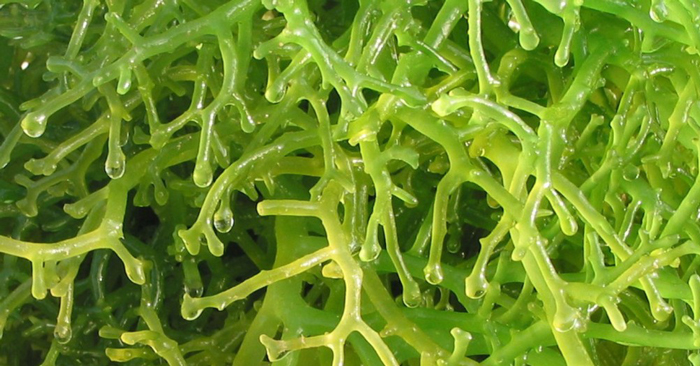
While you might not find Eucheuma in your local grocery store’s produce section, this unique seaweed plays a vital role in our everyday lives. Extracted from red algae found in warm tropical waters, Eucheuma is a versatile hydrocolloid used in a variety of products, from food thickeners to cosmetics and pharmaceuticals.
In the food industry, Eucheuma is prized for its ability to create smooth, stable gels and thicken liquids without affecting flavor. It’s commonly used in jams, jellies, puddings, and salad dressings, and it can even be found in ice cream and vegan cheese!
Eucheuma also has several health benefits. Studies have shown that it may help lower cholesterol, regulate blood sugar, and boost the immune system. Additionally, it’s a sustainable resource, requiring minimal water and nutrients to grow and readily replenishing itself in the ocean.
Did you know? The Philippines is the world’s leading producer of Eucheuma, accounting for over 70% of global production!
List of Vegetables Starting with E
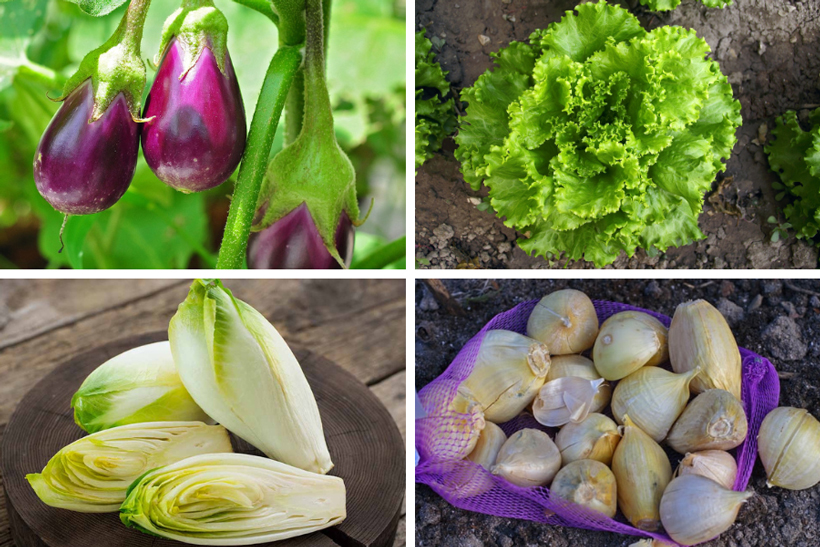
| Earthnut Pea | Edamame | Edamame Beans |
| Eelgrass | Eggplant | Elephant Foot Yam |
| Elephant Garlic | Endive | English Peas |
| Ensete | Escarole | Eucheuma |
| Enoki Mushrooms |
Conclusion
The ‘E’ in our vegetable alphabet provides a beautiful blend of everyday and exotic, introducing our palates to a range of flavors and textures. These vegetables remind us of the diversity of the Earth’s bounty and the importance of broadening our culinary horizons. So the next time you’re at a local farmer’s market or grocery store, let the letter ‘E’ guide you to explore and experiment with something new.0+ Vegetables That Start With B
Vegetables That Start With
A | B | C | D | E | F | G | H | I | J | K | L | M | N | O | P | R | S | T | U | V | W | Y | Z
